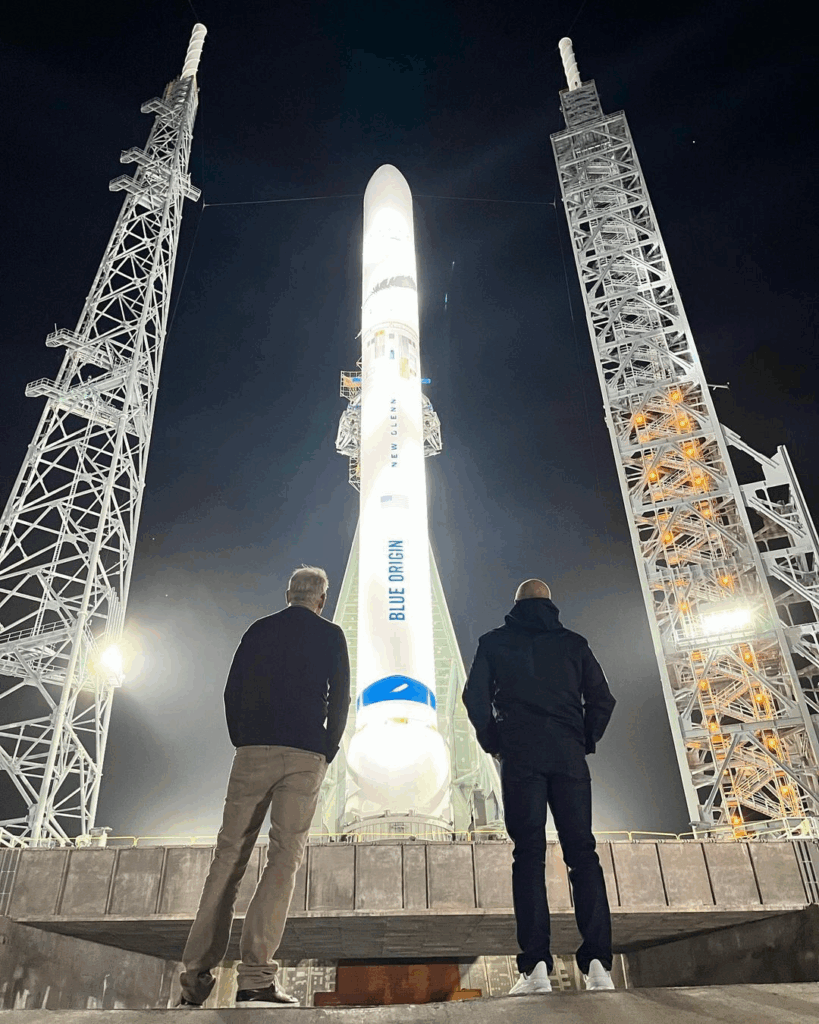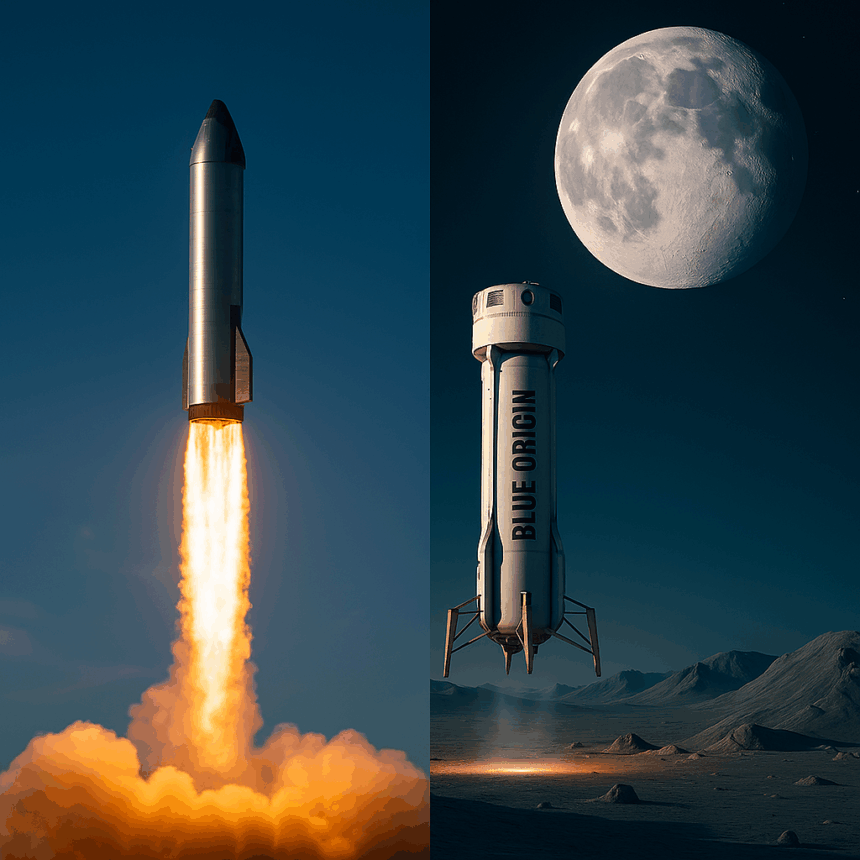Rough Week in Rocket Country
SpaceX’s newest Starship booster tore open during a high-pressure test in Texas. The rupture threw fire, dust, and twisted steel across the pad. The booster’s failure came days after Blue Origin completed a clean launch and recovery of its giant New Glenn rocket. Watchers are tracking both stories. The contrast grabs the attention. Momentum is swinging back and forth between SpaceX and Blue Origin. There are questions about reliability, engineering discipline, and timing in the privatized space race.
The explosion did not pause SpaceX’s pace, but the setback arrives at an awkward time. Blue Origin is gaining new confidence with its major win. Can SpaceX absorb the blow on its quest for a stable Starship cadence for NASA’s Artemis program?
What’s Happening & Why This Matters
Starship Booster Ruptures During Pressure Test
The damaged booster — labeled Booster 14 in regulatory filings — sat strapped to a stand at SpaceX’s Starbase site. Engineers were conducting a cryogenic pressure test to verify tank strength. The booster vented sharply and a cavity formed. Then the structure buckled. The lower segment burst with force, creating a blast that threw debris outward in a wide cone.

The failure mirrored earlier test-stand procedures at Starbase. But pressure-test ruptures usually point to weak welds, uneven tank stresses, or thermal contraction problems. The hardware is tall at nearly 230 feet (70 meters), so any structural break forms a severe energy release. SpaceX crews shut down activity. They inspected debris — pulling telemetry, weld maps, and strain readings to reconstruct the chain of events.
Observers believe SpaceX will swap Booster 14 out with the next unit waiting indoors. Starship’s assembly pipeline is relatively quick. The spc stacks, un-stacks, rewelds, and repairs hardware constantly. But the loss of a full booster is still costly. Each tank section demands heavy machining, precision welding, and long cryogenic re-qualification. The schedule is tight as NASA eyes crewed Artemis missions.
Blue Origin’s Clean New Glenn Launch

Blue Origin’s success earlier in the week changed the mood. The Jeff Bezos-baced fired New Glenn from Florida. The rocket reached orbit. Its booster returned for a controlled, fully powered landing at sea. The success was a long-delayed accomplishment for the Amazon-affiliated space company.
New Glenn’s design competes with Falcon Heavy and Starship for large payload missions. With its successful flight, Blue Origin proved its engine, tank design, guidance system, and landing control in one go. The win promoted client confidence and NASA confidence — two areas Blue desperately wanted to strengthen.
When one major private space contender delivered a smooth performance, the other suffered a violent setback. The comparison writes itself. Starship is the largest, most ambitious rocket ever built. New Glenn enters the race as a proven heavyweight, not a paper rocket.
Pressure Builds Around Artemis, Contracts, and Cadence

NASA is watching Starship’s successes and failures closely. The agency needs SpaceX to deliver a lunar-landing variant for Artemis crew missions. Each failed booster test squeezes the margin. Starship reliability still lags. Blue Origin, meanwhile, joined the lunar-lander program with its own competing lander for later missions.
The contrast between the two companies enlarges the debate in Washington, D.C. and Europe. Space agencies want “redundancy,” “tolerance,” and “resilience” in access to the Moon. Blue Origin’s launch-recovery-return garnered positive attention. SpaceX is under intensified pressure — even though Starship’s scale and ambition are unmatched.
TF Summary: What’s Next
The Starship booster rupture resets SpaceX’s test sequence again. Engineers assess fault points. They prepare the next booster. They keep engines firing, stacking towers running, and tank farms chilled. The pipeline stays active, but the failure slows momentum in a week when Blue Origin finally scores a flawless mission.
MY FORECAST: Starship rebounds. Blue Origin enjoys a confidence surge. NASA leverages both companies, so the rivalry escalates. And the next Starship flight test will be the loudest, most-watched event in global aerospace.
— Text-to-Speech (TTS) provided by gspeech


